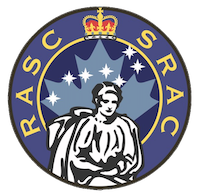Ejnar Hertzsprung (8 October 1873 – 21 October 1967) was a Danish chemist and astronomer.
Hertzsprung was born in Copenhagen. In the period 1911–1913, together with Henry Norris Russell, he developed the Hertzsprung–Russell diagram.
In 1913 he determined the distances to several Cepheid variable stars by statistical parallax, and was thus able to calibrate the relationship discovered by Henrietta Leavitt between Cepheid period and luminosity. In this determination he made a mistake, possibly a slip of the pen, putting the stars 10 times too close. He used this relationship to estimate the distance to the Small Magellanic Cloud.
From 1919 to 1946 Hertzsprung worked at Leiden Observatory in The Netherlands, from 1937 as director. Perhaps his greatest contribution to astronomy was the development of a classification system for stars to divide them by spectral type, stage in their development, and luminosity. The so-called "Hertzsprung–Russell Diagram" has been used ever since as a classification system to explain stellar types and evolution.
He discovered two asteroids, one of which is the Amor asteroid 1627 Ivar.
Hertzsprung died in Roskilde in 1967.
He was elected an honorary member of the Royal Astronomical Society of Canada on 1946-01-18.

